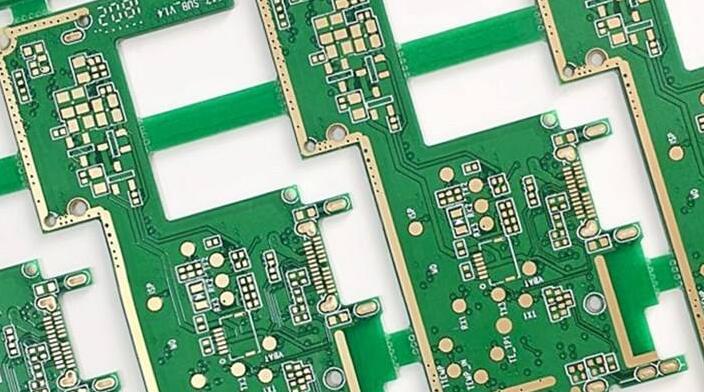In PCB manufacturing technology, although the key is the PCB copper deposition process. The main function of PCB copper deposition is to make the NPTH of 2 layer PCB and multi-layer PCB circuit board deposit a uniform conductive layer on the hole wall through a redox reaction, and then thicken the copper plating by electroplating to become PTH, so as to achieve the purpose of circuit To achieve this goal, we must select stable and reliable chemical copper precipitation solution and formulate correct, feasible and effective PCB manufacturing process.
Chemical deposited copper is widely used in plastic electroplating because of its low cost, simple operation, and no heating. However, the technical skills of chemical deposited copper have the disadvantages of poor stability and low stacking speed. Therefore, how to adhere to the stability of chemical deposited copper is an important topic. The chemical copper precipitation reaction using formaldehyde as a rehabilitation agent can be carried out not only on the activated non-metallic surface but also on the solution itself. When a certain amount of reaction product copper powder is generated, the reaction is catalyzed and sensitive, which will soon make the chemical copper completely ineffective. In order to control the rehabilitation reaction of the solution itself, the following methods can usually be selected.

1. Add the stability of copper ion complex, appropriately increase the concentration of complex or use strong complexing agents, such as EDTA, tetramethylene pentamidine, trimethylene tetramine, etc.
2. Reduce PCB loading.
3. Add stabilizers, such as disulfide compounds, thioliusuan sodium, etc.
4. Successive filtration of the solution can avoid autocatalytic action by removing solid metal impurities in the solution.
5. Air mixing can not only increase the stacking speed but also control the self-healing response of copper in the solution.
6. The method of making electroless copper plating stable and the moving stacking speed are usually hostile. Therefore, we should focus on stability and then seek the moving speed. Otherwise, we will lose a lot because of small things.